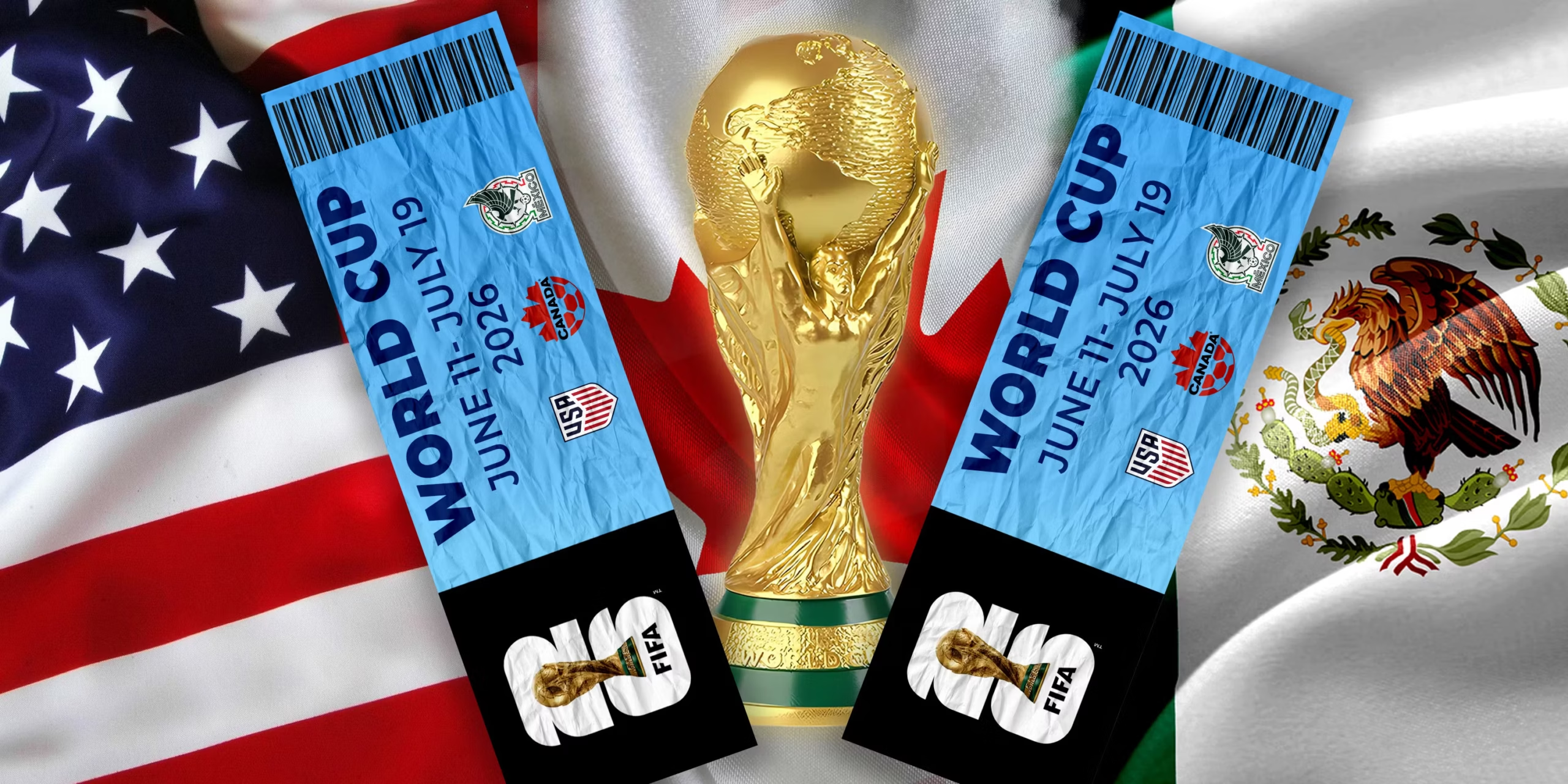The excitement for the 2026 World Cup, hosted across the United States, Mexico, and Canada, is building to a fever pitch. With it comes a massive surge in demand for tickets. FIFA, the governing body of the tournament, is introducing several new and complex sales strategies. Potential attendees need to understand these. Unlike previous tournaments, securing a ticket for this expanded 48-team event may require a mix of strategy, luck, and a significant budget. This guide will walk you through the various ticket sales windows, the new “variable pricing” system, and alternative methods to get into the stadium.
The first official opportunity for regular tickets for the tournament opens on September 10. However, getting your hands on them isn’t as simple as just logging on to a website. The initial phase is for registered Visa cardholders who must first express their interest with FIFA. Following this, a lottery will be conducted, with successful applicants receiving a specific date and time slot to make a purchase. This means you can’t just buy a ticket on demand. You must be selected for the chance to buy one. This process applies to tickets for all 104 games, from the group stage matches to the grand final. Even though the official tournament draw won’t be held until December 5, this makes for a unique challenge. You may be buying a ticket for a match without knowing which teams will be playing.
Understanding Variable Pricing and Ticket Options for All Budgets
FIFA has been transparent about its plan to implement a new “variable pricing” model for the 2026 World Cup. They are quick to distinguish it from the more controversial dynamic pricing used by airlines and some sports leagues. However, the effect is similar: prices will adjust in real time based on demand.
FIFA has stated that some group-stage tickets will start as low as $60. This “accessible entry point” could change quickly. A team of FIFA officials will monitor demand and adjust prices to find a balance between maximizing revenue and ensuring full stadiums. This model is a first for the World Cup and reflects an adaptation to North American market practices.
While it may mean higher prices for high-demand matches, it could also result in lower prices. This occurs if a particular match has less interest than expected, as seen in this year’s FIFA Club World Cup. For more information on ticketing and event schedules, you can visit FIFA’s official website for updates.
For those looking for a more predictable and luxurious experience, hospitality tickets are already on sale. These premium packages offer access to exclusive seating areas, food, and beverages, but come with a hefty price tag. For those who want a guaranteed chance to buy a ticket for a specific game, FIFA is also selling “Right to Buy” (RTB) digital collectibles. These are essentially electronic cards that, when purchased, grant you the opportunity to buy an actual ticket later on. This adds a layer of speculation and a secondary market to the ticket sales process. The official site for these digital collectibles can be found at Fanzone by FIFA+ Collect.
The Enormous Demand and What It Means for Fans
The scale of the 2026 World Cup is unprecedented. With 48 teams and 104 matches, FIFA is anticipating a record-breaking attendance of over 5 million people. This far surpasses the 3.5 million attendees of the last U.S.-hosted tournament in 1994. The sheer number of games and the capacity of stadiums like MetLife Stadium, which can hold over 80,000 people, is expected to make this the most profitable World Cup in history. Bloomberg Intelligence has estimated that FIFA could generate a record $4.4 billion, largely due to the expanded format and a greater focus on premium hospitality seating. FIFA justifies this massive financial undertaking as a way to generate funds for its 211 member associations, which supports the growth of soccer worldwide.
Despite the expanded format, demand will almost certainly outstrip supply. For the 2022 World Cup in Qatar, FIFA received over 23 million ticket requests for just 3.4 million available tickets. This resulted in a success rate of only about 15%. This time, with three host countries and a huge fan base, the competition will be even more intense. Understanding the intricate sales process is more important than ever for this reason. For broader news and analysis on the event and its impact, sites like ESPN and CBS Sports can be excellent resources to keep up with developments. Fans should prepare for a potentially difficult journey to secure their seats. They can use the official lottery, the resale platform (once it’s available), or other alternative methods. The game to get a ticket is as competitive as the games on the field.



